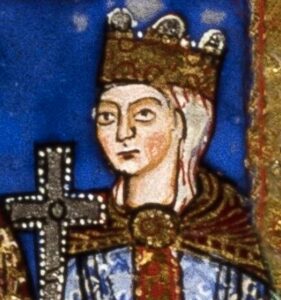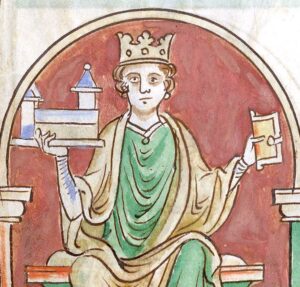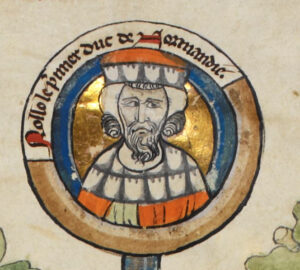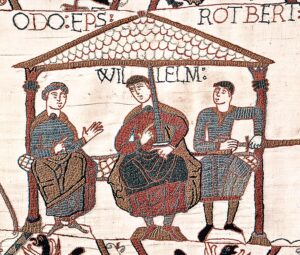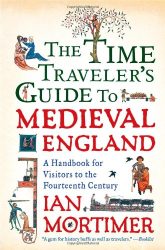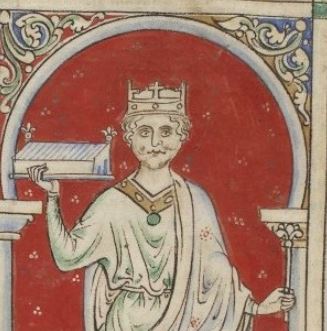
William II, also known as William Rufus, was the third son of William the Conqueror and ruled as King of England from 1087 until his death in 1100. He is often depicted as a ruthless and unpopular monarch, but his reign was marked by significant political and military developments.
Who Was William II?
William II ascended to the throne upon the death of his father, William the Conqueror, in 1087. His reign was characterized by conflicts with his brothers over their respective inheritances and rivalries with the Norman nobility. William II faced numerous rebellions and challenges to his authority, including revolts led by his brothers Robert Curthose, Duke of Normandy, and Henry, as well as rebellions by powerful barons in England.
Despite these challenges, William II proved to be a capable and determined ruler. He consolidated royal power, strengthened royal authority, and expanded the influence of the monarchy over the Norman nobility. He also pursued military campaigns to assert his control over Normandy and extend his authority in Wales and Scotland.
William II’s reign saw significant developments in English governance and administration. He implemented reforms to the royal treasury and the administration of justice, centralizing power in the hands of the king and his royal officials. He also granted charters to towns and cities, fostering economic growth and urban development.
One of the most controversial aspects of William II’s reign was his relationship with the Church. He clashed with the Archbishop of Canterbury, Anselm, over the appointment of bishops and the payment of tribute to the papacy, leading to a prolonged dispute known as the Investiture Controversy. Despite his conflicts with the Church, William II maintained control over ecclesiastical appointments and asserted royal authority over religious institutions.
William II’s reign came to an abrupt end on August 2, 1100, when he died under mysterious circumstances while hunting in the New Forest. His death paved the way for his younger brother Henry to seize the throne and become King Henry I of England. The circumstances surrounding William II’s death have been the subject of speculation and conspiracy theories, but the exact cause remains unknown.
Overall, William II’s reign was a period of significant political and military turmoil, but his efforts to strengthen royal authority and assert control over his dominions laid the groundwork for the consolidation of Norman rule in England and the emergence of a strong monarchy in the centuries to come.
More Members of the House of Normandy
Established by William the Conqueror after the Norman Conquest of England in 1066, the dynasty ruled England and Normandy for several generations. Renowned for their military prowess and administrative reforms, the Normans left a lasting impact on medieval Europe.

